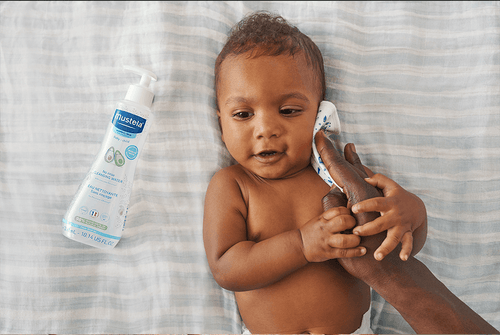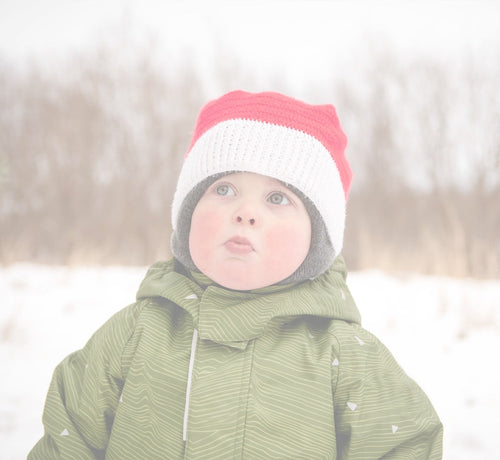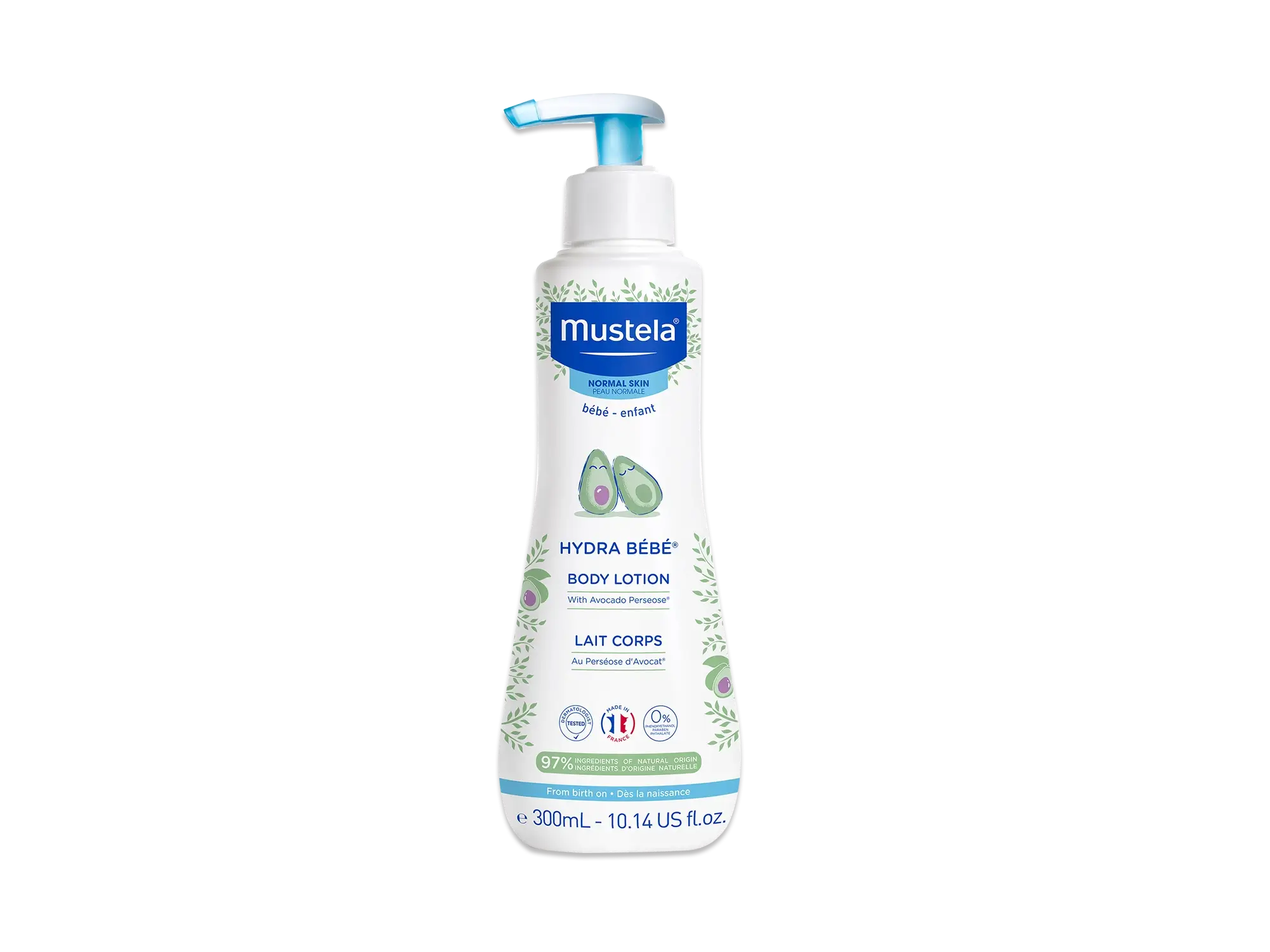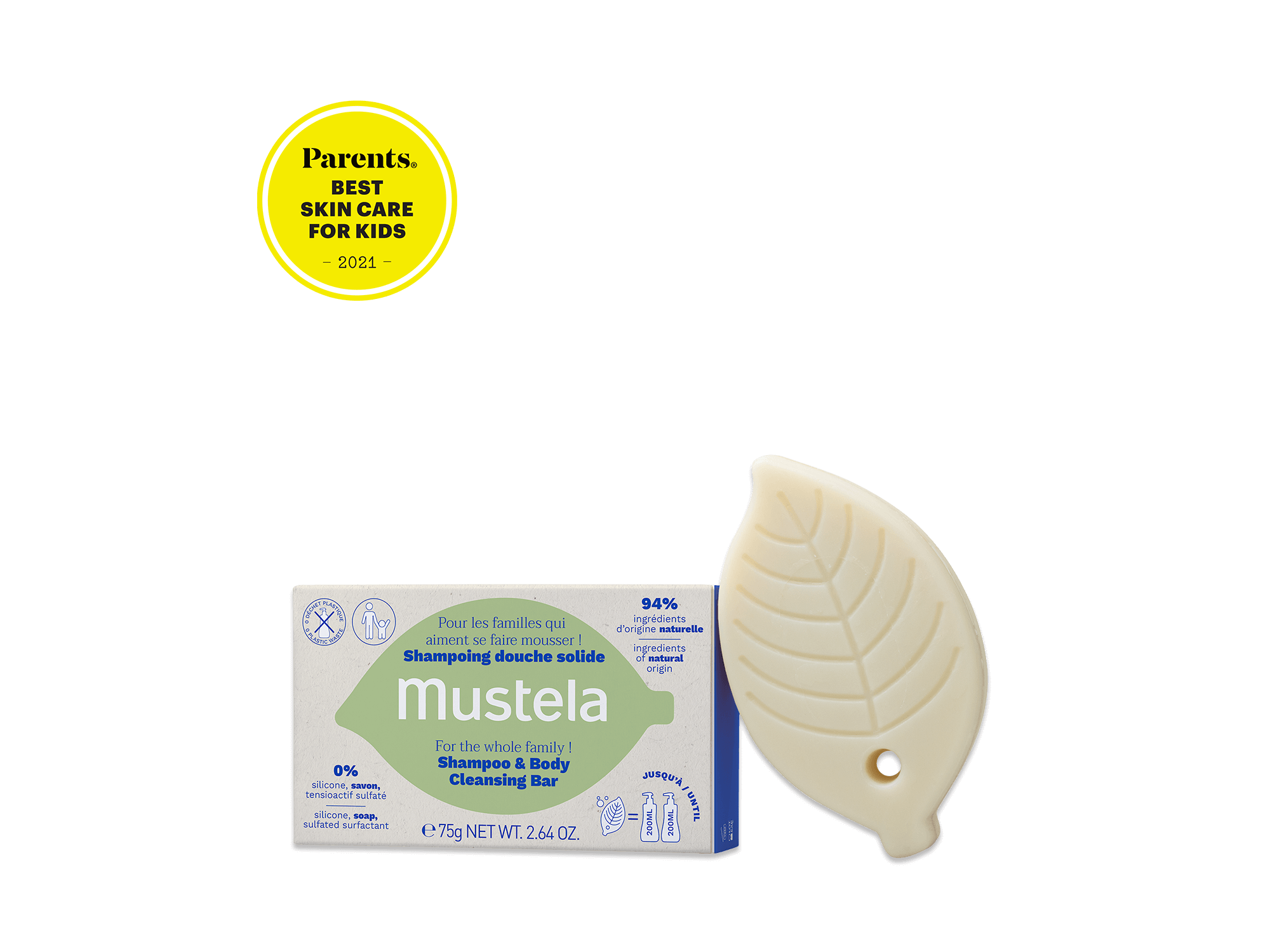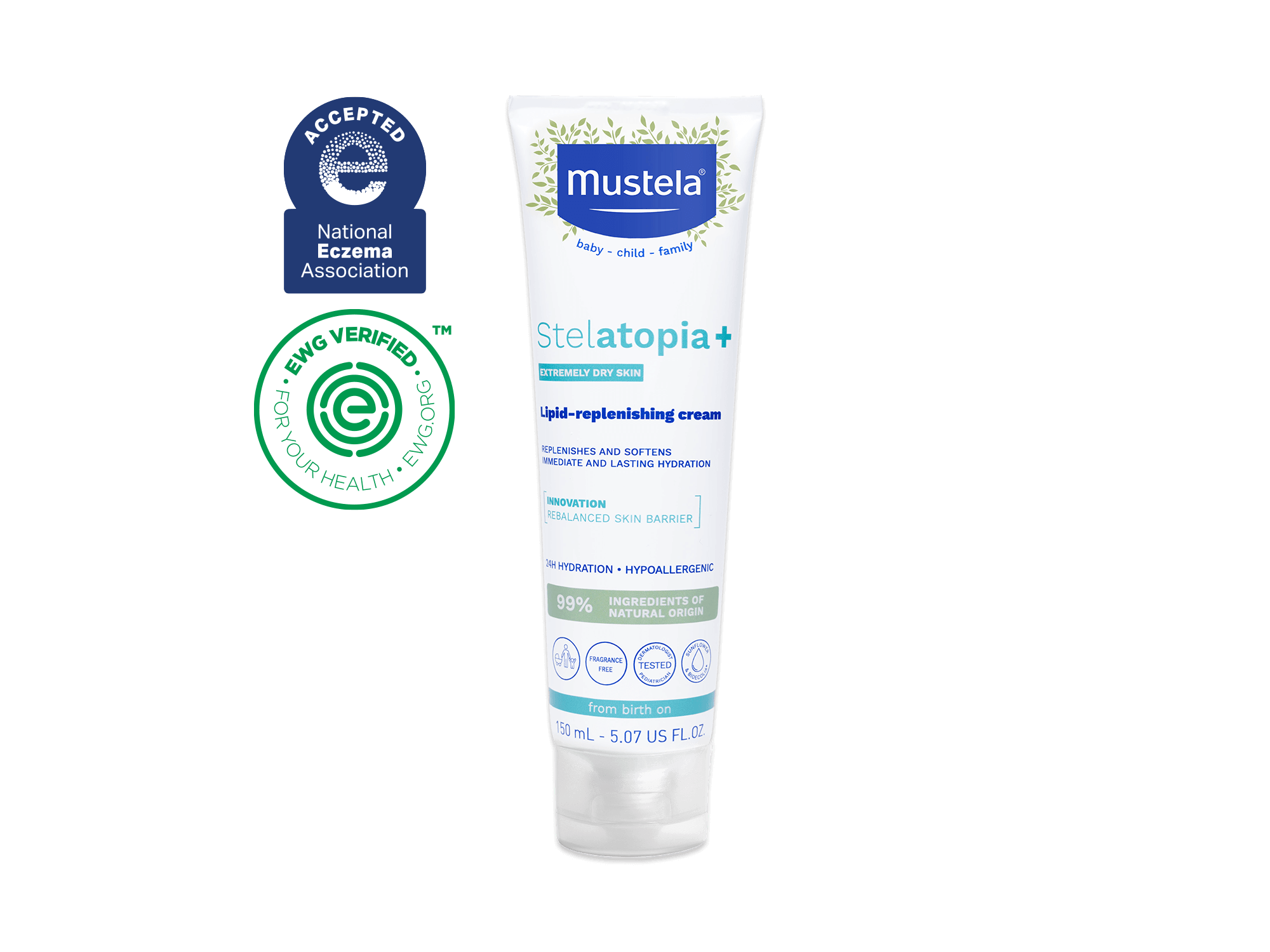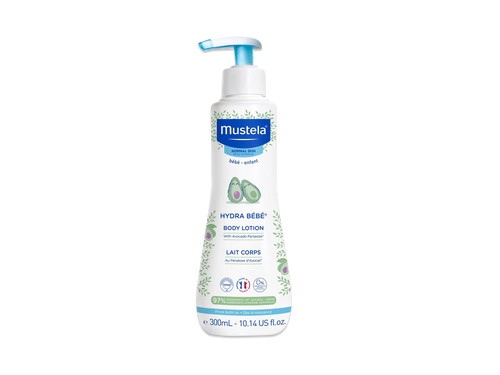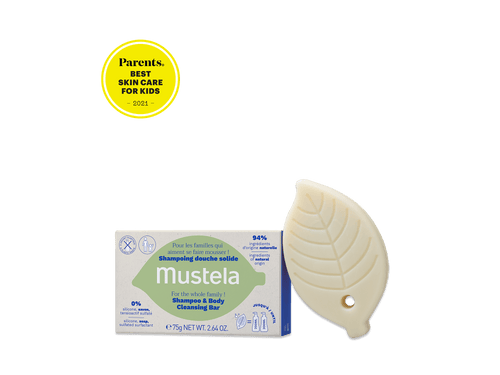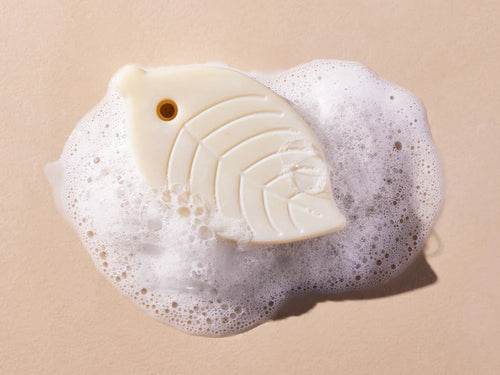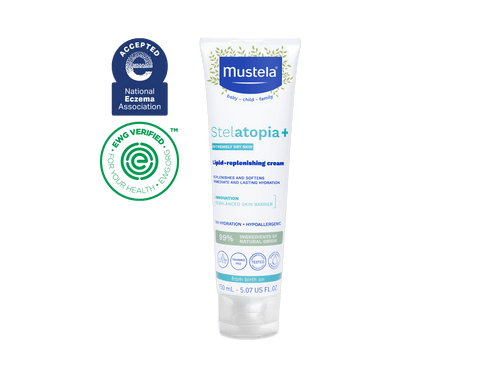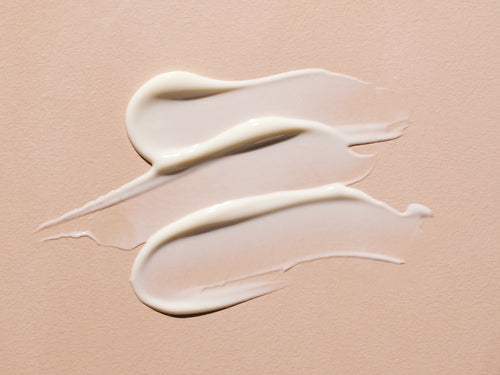Since little ones aren’t very good at verbalizing if (and how) they feel sick, oftentimes your job as a parent is to observe. One confusing symptom is red cheeks in a toddler. What could those cute, rosy cheeks mean?
In this article, we’ll talk about a few possible causes of your toddler’s red cheeks and what you can do about each one.
Table Of Contents
- Possible Causes Of Red Cheeks In Your Toddler
- How To Narrow Down The Possibilities
- When To Call The Doctor
Possible Causes Of Red Cheeks In Your Toddler
We’ll discuss some potential causes of red cheeks, but keep in mind that there are lots of other reasons your little one’s cheeks might turn rosy.
For example, a good cry or being outside in crisp, cold weather can turn those kissable cheeks shades of pink or red.
However, if you have questions, concerns, or your parental instinct tells you something is up, it’s always a good idea to talk with your pediatrician. And if your child has a temperature or other symptoms in addition to rosy cheeks, definitely pick up the phone to speak with a doctor.
With that said, here are 11 common causes of red cheeks in toddlers.
1) Dry, Chapped Skin

Your toddler’s cheeks may turn red if their skin is dry and chapped. This irritation can be a bit itchy or painful.
What can cause dry and chapped skin? Cold and dry weather is certainly one potential cause. Think about what’s still exposed to the elements when you bundle your baby up for the cold: their sweet little face. This is why their lips and cheeks may become chapped more easily.
Plus, just like in adults, some skin is simply more susceptible to becoming dry and irritated. If your baby has eczema-prone skin, they definitely fall into that category.
Hint: If you’re wondering how to dress your little one to keep them warm but also avoid an eczema flare-up, check out our article here.
What You Can Do
If you have sensitive, dry skin yourself, you’ll know that chapped skin can be a bother, but it’s not typically a big problem. Keeping your toddler’s skin hydrated and moisturized usually does the trick.
Regularly apply a gentle and natural moisturizing cream to your toddler’s red cheeks. Just make sure that it’s designed for sensitive skin and won’t irritate your child’s skin even more.
We recommend our Soothing Moisturizing Face Cream. This fragrance-free formula protects and relieves your toddler’s skin and is specifically made for sensitive, rashy, or reactive skin. You can feel good about what you’re putting on your child, too!
Our Soothing Moisturizing Face Cream is EWG Verified and composed of 97% ingredients of natural origin per ISO 16128 standard, like Schisandra and Avocado Perseose®, a patented natural ingredient to help protect and hydrate your baby's delicate skin.
And there are no questionable ingredients, like parabens, phthalates, or phenoxyethanol.
2) Eczema

Eczema (atopic dermatitis) is another possible cause of red cheeks in a little one. Eczema can show up on most areas of the body, but babies often have eczema on their cheeks, forehead, and scalp.
In addition to being red, the skin can be itchy, dry, scaly, and bumpy. There’s no cure for eczema, and symptoms can come and go, but don’t despair — there are ways to help avoid flare-ups and make your little one as comfortable as possible.
What You Can Do
Part of caring for vulnerable, eczema-prone skin is helping restore the protective layer on the surface of the skin. This means moisturizing! But not with just any lotion.
Because gentle skin care is so important, here at Mustela, we’ve created a whole line of skincare products for little ones with eczema-prone skin.
To soothe the delicate skin on your baby’s face, apply Stelatopia Emollient Face Cream. Made with 97% ingredients of natural origin per ISO 16128 standard, this velvety cream is designed to relieve itching and discomfort and is gentle enough to use on the eyelids as well as newborn skin.
Rest assured that this lotion has been clinically tested under pediatric and dermatological control — only the best for your little one!
With that being said, treating your child’s eczema goes much further than simply applying a cream. It also means bathing your toddler in such a way as to avoid flare-ups, choosing a baby sunscreen for eczema-prone skin, and monitoring the environment.
Read more about alternative and natural eczema treatments here.
3) Fifth Disease
You may have never heard of fifth disease, but it can cause tell-tale red cheeks in toddlers. Fifth disease is a common virus among children caused by parvovirus B19. It’s also called slapped cheek syndrome or erythema infectiosum.
Several days after your child is exposed to the virus (which happens easily at school, playdates, and the like), they’ll develop symptoms including fever, congestion, headache, and body aches like with the flu.
This is when your toddler is contagious and can get others sick. But what about the red cheeks? The red rash on your child’s face will look as though your little one has been slapped on the cheek. This is a tell-tale sign of fifth disease.
Strangely enough, once the redness shows up, your child is no longer contagious and can’t spread the virus. Another rash can appear later on other parts of your toddler’s body.
What You Can Do
When your little one is sick with the flu-like symptoms of fifth disease, care for them as you would if your child had a cold or another virus. Lots of snuggles, healthy food, rest, and Tylenol (if it’s needed for their fever and approved by the doctor).
Once your child develops the rash, you may want to check in with your pediatrician. The slapped-cheek rash of Fifth disease could be confused with other illnesses or rashes. Otherwise, there’s not much you need to do.
Pro Parenting Tip: If your toddler is itchy, try an oatmeal bath to provide some relief.
4) Skin Infection
The human body is intricate and complex! As we mentioned, red cheeks can have various causes. Keep in mind that in general, red skin could indicate some type of skin infection, such as cellulitis.
We won’t get into details in this article, but it’s important to keep this possibility in mind.
What You Can Do
If you have any indication that your toddler’s red skin may be due to an infection, call your pediatrician.
5) Rosacea
Rosacea is quite uncommon in little ones since it typically develops much later in life. But this skin condition may run in the family, so if you or your partner has rosacea, it’s worth considering that your child’s flushing might be due to this condition as well.
Keep an eye out for other symptoms of rosacea, including red eyes, red and swollen eyelids, and styes or pinkeye.
What You Can Do
If you’re unsure about the origin of your toddler’s red cheeks, visit the dermatologist so they can check things out and rule out other conditions. Rosacea may be unlikely, but your doctor can help you get to the bottom of it.
6) Eating Something Red

Has your toddler recently eaten a red popsicle or another food that’s dyed red, like a cupcake with red frosting? If so, you could simply be noticing skin staining from the colored food.
While this most often happens on the chin or by the nose, toddlers are messy eaters. So you might notice the staining on their hands and cheeks, too. And if they really got into their food, even their hair could be slightly discolored.
Toddlers and messes go hand-in-hand!
What You Can Do
Treat this as you would a food stain on clothing. Don’t scrub the skin, but gently dab with a wet cloth or one of our Cleansing Wipes.
If that doesn't do the trick, don't despair. Skin staining from dyed foods typically goes away on its own within a day or two.
7) Roseola
Roseola is a viral infection that’s common in children. It typically affects those under two years of age. The most common symptoms are a high fever and a red rash on the chest, neck, and face that appears once the fever breaks.
The rash is raised but isn’t painful and doesn't itch. And if you touch a spot, it'll typically blanch — meaning it will turn white for a moment.
What You Can Do
Roseola is caused by a virus, which means there's no real “treatment.” But as with any fever, you should make sure your little one stays hydrated and gets plenty of rest.
Use a cool compress to help reduce the fever, give Tylenol for pain or discomfort (if approved by the doctor), and keep an eye out for other symptoms, such as diarrhea or irritability.
You'll also want to monitor your little one's temperature closely. The fever associated with roseola can get dangerously high. In fact, it's not uncommon for it to go above 103°F.
Since such a high fever can cause febrile seizures, it's important to seek medical attention when your child's temperature rises.
8) Allergies
Allergies are another potential cause of red cheeks in a toddler. When your body comes into contact with something it's allergic to, it releases histamines to fight off the allergen. The release of these chemicals can cause inflammation, which can result in skin redness.
Common allergens that could be causing your child’s red cheeks include foods, environmental factors (like pollen), pet dander, dust, and detergents. Your skincare products could also be the culprit.
What You Can Do
If you suspect your little one is allergic to something, it’s important to identify the source of the allergen so you can prevent any future flare-ups.
Spend time brainstorming any new foods or products your child came into contact with. For example, did you switch brands or try a different scent of laundry detergent? Or did you add a new fruit to their smoothie that they hadn’t had before?
If you can't pinpoint the source, your pediatrician may recommend conducting an allergy test. This can help determine what (if any) allergies you're dealing with and help you develop a plan of action, such as reducing exposure to the allergen or taking medication.
Also, since soaps and lotions can irritate the skin, make sure you're using gentle products in your child’s skincare routine, like those from Mustela.
9) Heat Rash
Heat rash, also known as prickly heat or miliaria, is another potential cause of red cheeks in little ones. This condition results from sweat glands becoming blocked and irritated due to sweat buildup.
Heat rash typically appears when the weather is hot and humid, so if your child has been playing outdoors recently, this could be the cause. It can also occur after intense physical exertion, even if the weather isn't as warm.
This condition looks like small red bumps or blisters and can be found on the face, neck, chest, and other body parts. It’s usually itchy and uncomfortable but not painful.
What You Can Do
If you suspect your toddler has heat rash, move them to a cooler environment and let their skin dry out. Loose-fitting clothing can also help.
You can apply calamine lotion or oatmeal baths to help soothe any itching or discomfort, too. And if the rash persists, see a doctor to make sure there’s not a different cause.
10) Strong Emotions
As mentioned earlier, a good cry can turn your child’s cheeks red. But crying isn’t the only emotion that can have this effect.
Other strong emotions, such as fear, embarrassment, or stress, can temporarily widen the blood vessels in your child’s face, causing redness. If you've ever blushed before, you know how this feels.
What You Can Do
If your toddler is feeling a strong emotion, the best thing to do is comfort them and help them relax. A hug or a snuggle can go a long way in calming nerves. Spending time talking with your child about their feelings can also help.
It’s important to teach your child strategies for managing their emotions, such as taking deep breaths when feeling overwhelmed as well. This gives them the tools they need to successfully cope with strong emotions without leaving red cheeks behind.
If you notice that your child blushes easily, it could be an early indicator of social anxiety. It’s worth mentioning to the doctor the next time you have an appointment.
11) Sunburn
Lastly, your toddler’s red cheeks could be the result of a little too much time in the sun. (Of course, that would probably mean another part of their body would be burnt as well.)
What You Can Do
If your little one has a sunburn, keep them out of the sun, offer them plenty of fluids, and give them a cool bath or lay a washcloth soaked in cool water on the affected skin.
That said, the best way to deal with sunburn is to avoid it in the first place! For little ones, we recommend applying a mineral sunscreen that will effectively protect them from the sun but also be oh-so-gentle on their skin.
Our SPF 50 Mineral Sunscreen Lotion offers fragrance-free sun protection that’s safe for the whole family!
This hydrating sunscreen is water-resistant for up to 80 minutes, made with 93% ingredients of natural origin per ISO 16128 standard, and formulated without chemical UV filters, parabens, phthalates, or phenoxyethanol.
It’s compliant with Hawaii’s sunscreen ingredient requirements, too! Good for your kids and good for the earth.
Read more about preventing and treating toddler sunburn here.
How To Narrow Down The Possibilities

Lots of things can cause red cheeks in your toddler. So how do you sift through the possibilities to figure out what’s going on? And how do you know if the red cheeks are severe enough to seek medical attention?
When pinpointing the cause of your toddler’s red cheeks, you’ll need to analyze the situation to look for clues.
For example, were they recently outside in the cold air or running around in the heat? Have they been throwing a tantrum? If you can answer yes to any of these questions, it could point to a harmless flush reaction that'll go away on its own fairly quickly.
Likewise, if they’ve been enjoying a red popsicle on a hot summer day, you can probably chalk up the red cheeks to stained skin. But if you can’t think of anything obvious that’s causing the color change, it’s time to examine their cheeks a bit more closely.
Take note of the shape of the redness. Is it just a blush on the cheeks, or is it more of a spotty rash? Are the spots raised or flat? This information can help you discern the cause.
Then, check to see if the redness is contained to the cheeks. Does your child also have spots on their chest, back, or arms?
Are there any signs of dry, flaky skin? Does your child complain that they feel itchy? Have you tried any creams or lotions, like our Nourishing Cream with Cold Cream?
Finally, think back a few days. Has your child been running a fever or displaying cold or flu symptoms? If the redness appeared after an illness, it could be fifth disease or roseola.
Have you introduced any new food, brought home a new pet, or switched laundry detergent? If you did, the redness could be a sign of an allergic reaction.
If you’re still uncertain about what is causing the redness after examining your child, talk to their doctor for advice. They can help pinpoint the problem and create a treatment plan to get your little one feeling better quickly.
When To Call The Doctor
Anytime you're worried about your child, give their doctor a call. They can help you decide if there's something serious going on or if you just need to monitor the rash until it clears up.
Here are a few signs that indicate it’s definitely time for a trip to the doctor:
- Swelling along with the redness
- Persistent fever over 102°F (39°C) that doesn't improve with medication
- A rash that won’t go away or keeps getting worse
- Your child being lethargic and not wanting to do anything
- Redness that spreads to other parts of your toddler's body
- A red line on the skin that appears to be tracking from the rash
- Your child feeling very sick and not wanting to eat or drink
- A febrile seizure (one that’s caused by a high fever)
If you notice any of these signs, call their doctor as soon as possible. They can diagnose the cause and get your little one started on the right treatment as soon as possible.
Treat Red Cheeks With Lots Of Kisses And Care

We can’t tell you exactly what is causing red cheeks in your toddler. But we hope that the information in this article has helped you identify potential factors.
As we mentioned, be sure to contact your pediatrician if the redness persists since red cheeks can be the result of a variety of conditions.
Regardless, treat your child’s delicate skin with care, and use gentle, natural products, like our Soothing Moisturizing Face Cream, Stelatopia Emollient Face Cream, or SPF 50 Mineral Sunscreen Lotion.
No matter the skin condition, non-irritating skincare products can go a long way toward keeping your baby’s skin healthy. And, most importantly, don’t forget to plant lots of kisses on those sweet cheeks!

